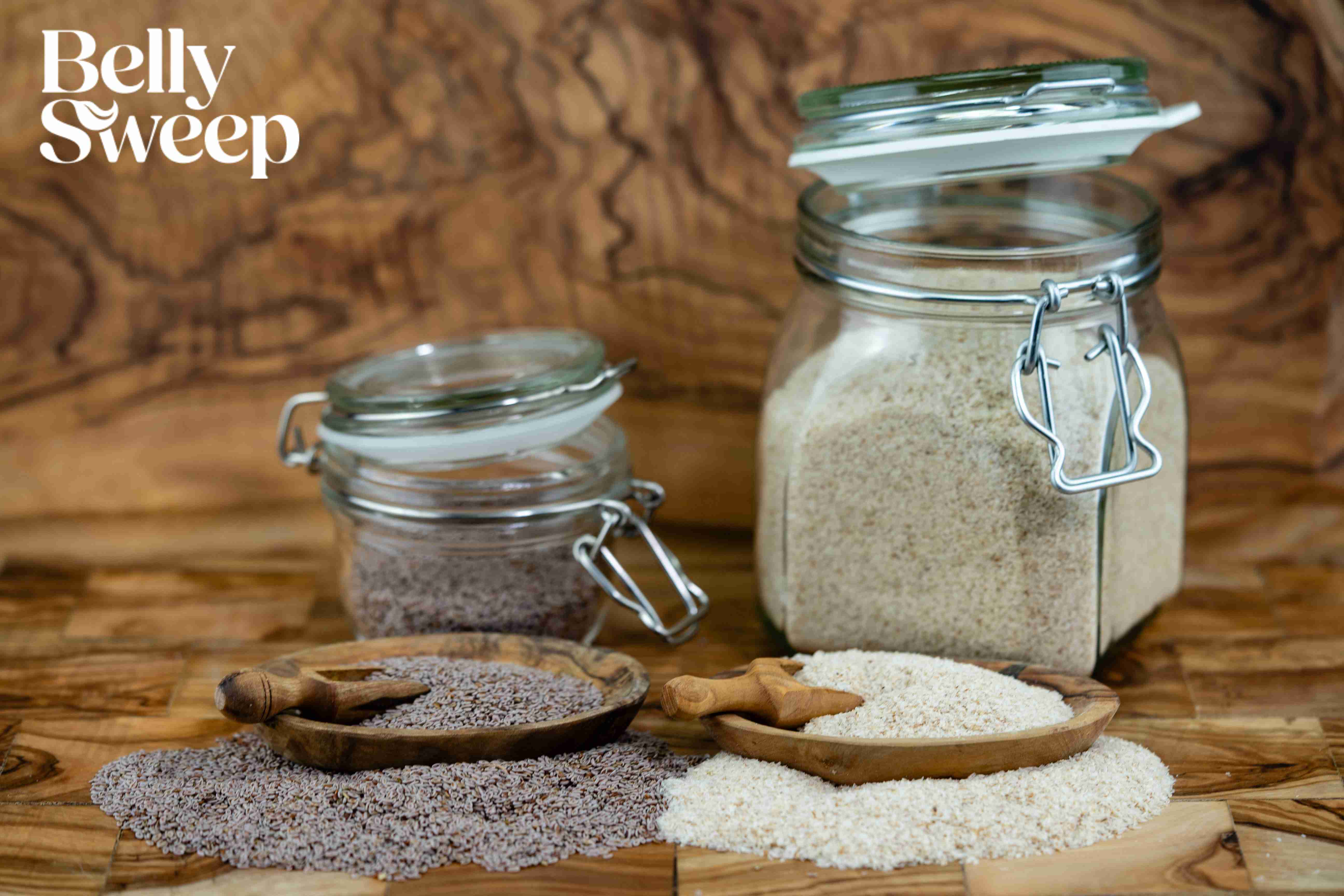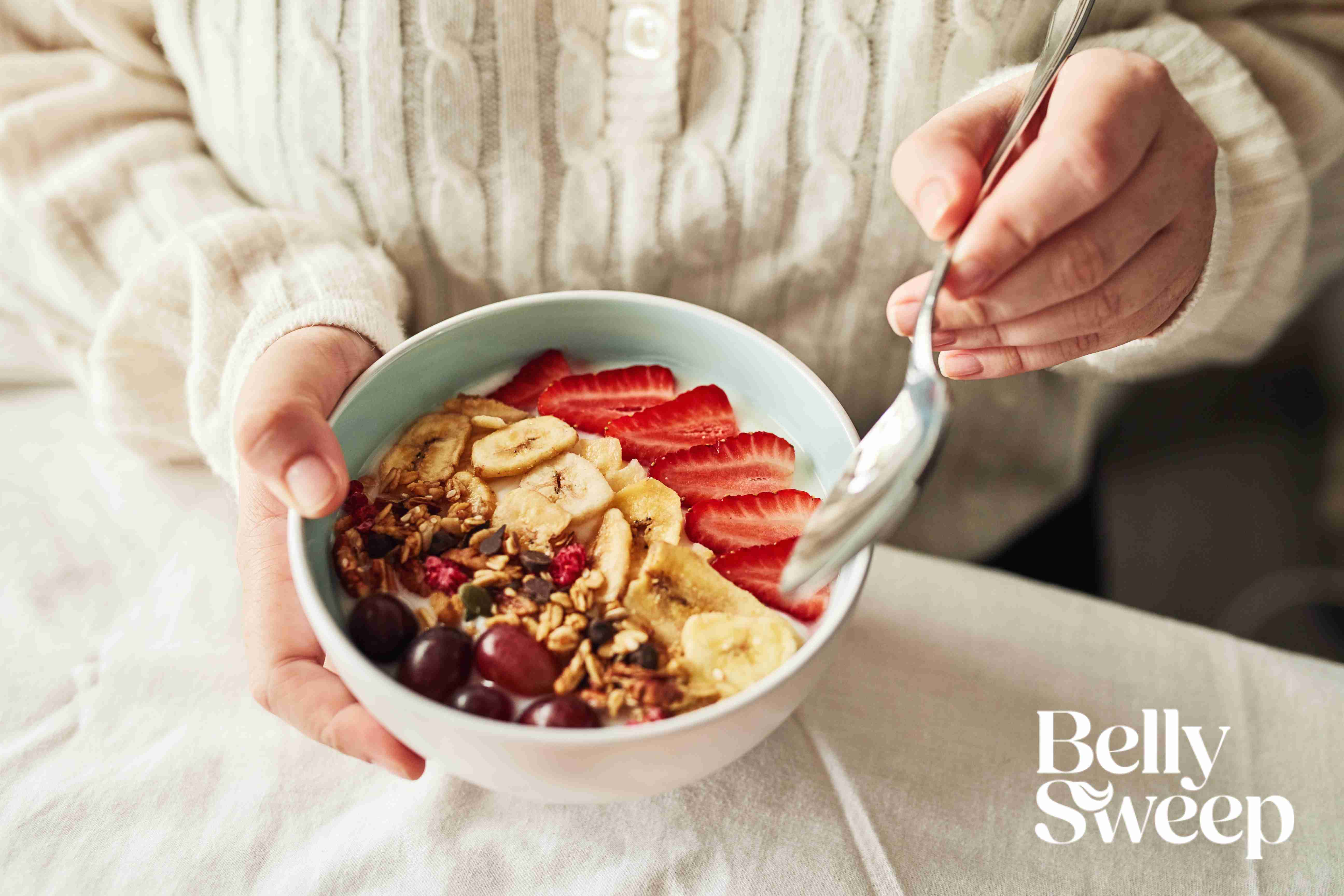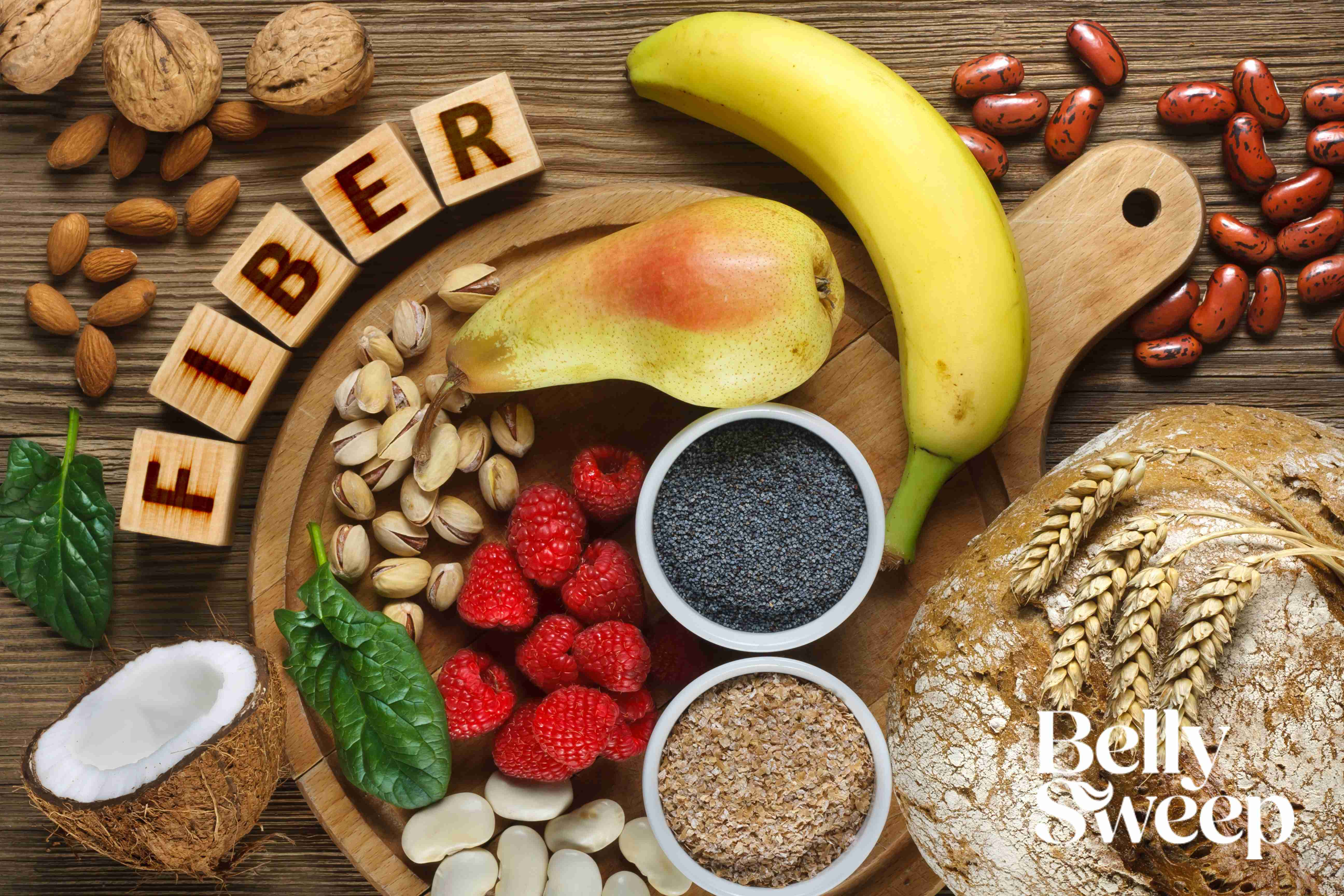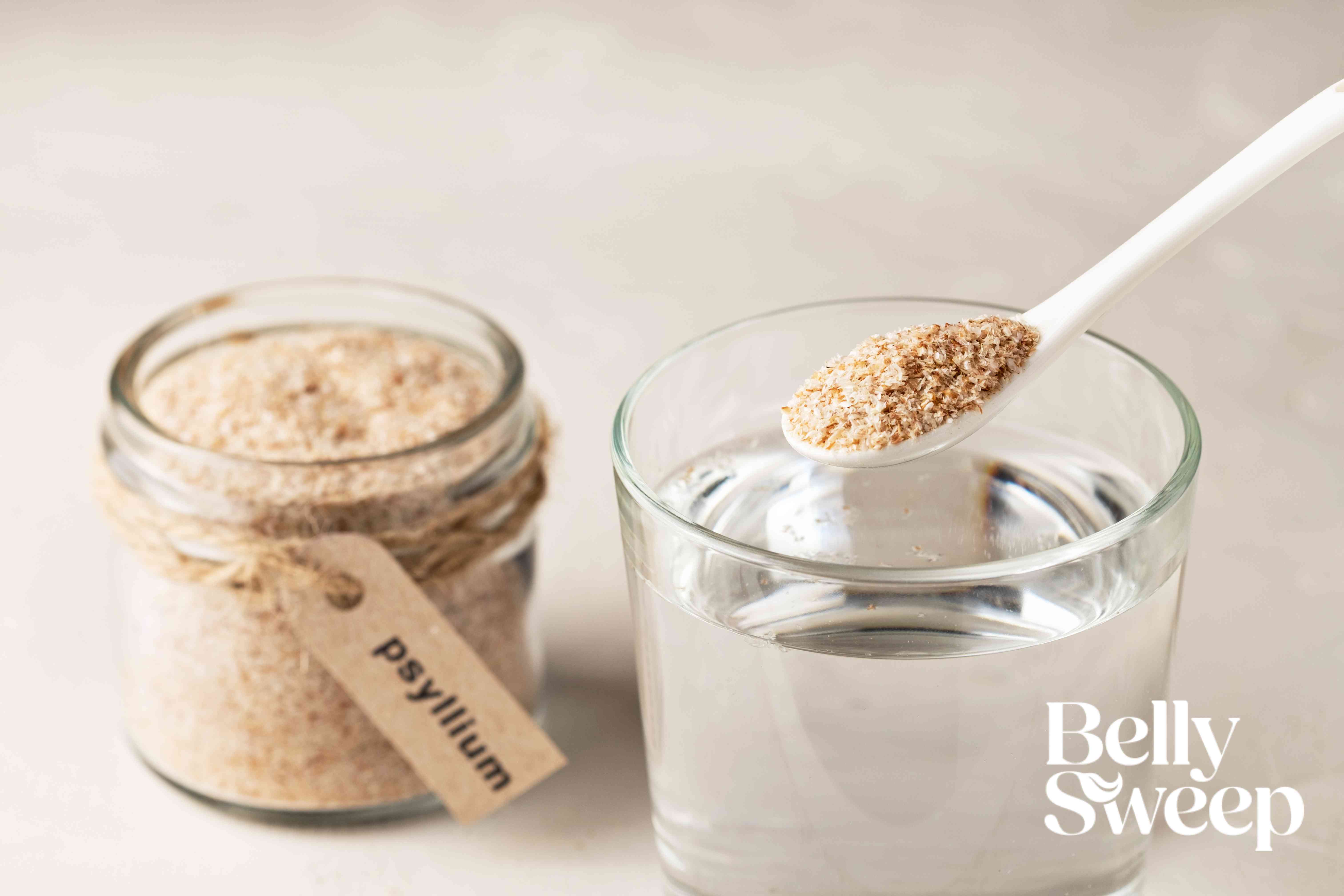Good Sources of Fiber: The Ultimate List for a Balanced Diet
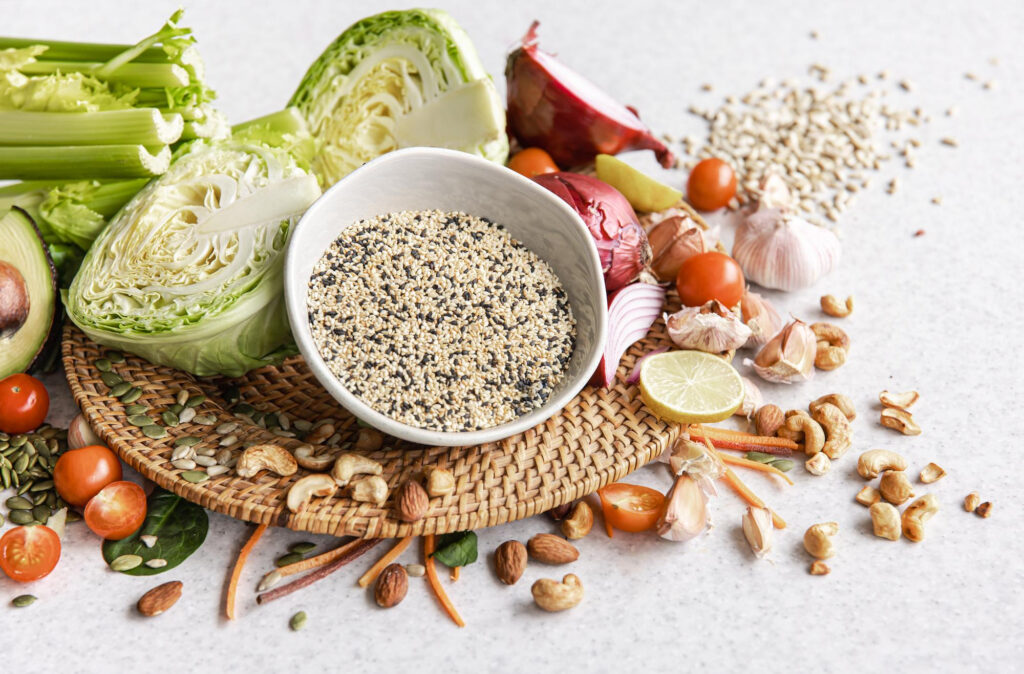
Want to find good sources of fiber without any of the hard work that you associate with healthy eating? We’re ready to guide you through everything you need to know to get your gut, body, and mind in the perfect place.
The truth is that dietary fiber is one of the natural world’s superfoods in so many ways. It will boost your heart health by reducing cholesterol, it can boost your immune system, and it can ease bloating and painful digestion.
You can then add in the fact that it will make you feel fuller for longer and you can manage your weight without ever having to go hungry or force yourself to count every last calorie. Plus there’s a growing body of evidence that optimizing your dietary fiber intake will help you manage and combat dozens of chronic diseases the natural way.
We’re going to devote this article to talking you through everything you need to know to create the perfect fiber-rich diet. Keep reading and you’ll be ready to make life-changing shifts and start energy-boosting new habits in just a couple of minutes.
The Health Benefits of Fiber
Foods that are good sources of fiber will give your body access to so many new sources of growth and renewal that it is hard to overstate the positive impact. While there are certain temporary health conditions where a low-fiber diet may be advised, we’re going to focus on the benefits of higher fiber intake. However, we know there is such a thing as too much fiber, so this article is going to be all about striking the right balance.
A balanced fiber diet, potentially optimized with help from a trusted fiber supplement, allows you to experience a whole host of health benefits.
A natural cure for constipation
Insoluble fiber will bring your stool together the natural way and reduce or sometimes entirely prevent chronic constipation. A body that is not constipated will find it far easier to expel harmful toxins that can cause many types of inflammation. Hemorrhoids can occur due to the stress of constipation and can also be avoided with the correct level of fiber in your diet.
Consistently lower blood cholesterol
Creating a diet that is balanced and healthy will help you lower your LDL cholesterol. Many physicians think of this as one of the most powerful effects of fiber because of the speed with which it gets to work. Consistent use of the same high-fiber diet will allow many people to get their LDL levels back within safe limits.
Balanced blood sugar levels
Fiber can help regulate blood sugar in everyone — including diabetics — and can play a major role in preventing spikes and dips in energy throughout the day. This natural energy release system will make you feel better in your body and mind and make it easier for you to resist the urge of caffeinated drinks and sugary snacks. Ideal when you want to be able to get some help with the next point on this list.
A proven component of healthy weight loss
Increasing your fiber intake will make you feel fuller for longer which in turn reduces your desire to snack on junk food that is high in sugar. By listening to what your body is trying to tell you, you’ll be able to take the weight off and keep it off without having to starve yourself or go hungry. This is essential if you want to shift to a more healthy relationship with food.
Once you’re convinced that you want to experience all of these benefits, all you have to do is figure out what to eat.
Daily Fiber Recommendations
Finding good sources of fiber is so much simpler when you have instant access to everything you need to know, and that’s where we come in.
If you want to add fiber to your diet and embark on a high-fiber diet plan, please take a look at our previous blog post, How Many Grams of Fiber per Day? Guidelines for Optimal Health. Inside, you’ll get in-depth guidance on how to find good sources of food and how much you need to eat each day to optimize your overall health.
Take a quick look to find out how many grams you need each day and then keep reading this guide to figure out which foods to choose and why.
High-Fiber vs. Low-Fiber Foods: What to Choose and Why
There are so many good sources of fiber out there when you know where to look, all you have to do is believe you can stick to your new habits. To make sure your new high-fiber diet gets off to the perfect start, we’re going to talk through both a high-fiber diet and a low-fiber diet. They each have their pros and cons, and creating a balanced diet that is customized to your body’s needs is really what counts here.
Should I follow a low-fiber diet?
Just because there are many good sources of fiber doesn’t mean populating your diet with them is guaranteed to be the right approach. Some people find that a low-fiber diet works best for them, particularly if their IBS is currently flaring up or they are recovering from surgery. Others choose a low-fiber diet if they are suffering from narrowed intestines or are undergoing radiation therapy.
While it’s certainly important to understand fiber content, it’s only part of the picture when looking at nutrition. There are plenty of healthy choices that are low in fiber that offer a range of other health benefits:
- Chicken is a lean meat that is low in harmful types of fat and high in protein to help with muscle growth and repair
- Eggs are a source of protein and fatty acids that can be used in dozens of different ways in the kitchen
- Fish contain healthy oils, protein, and essential vitamins and minerals the body needs to function
- White rice is packed full of carbohydrates and can be used to bulk out a range of different meat and veg meals
- Refined cereals also provide a rich source of carbohydrates that can be used to fuel the body
- Dairy contains protein, healthy fat, and a range of vitamins that help the body to function properly
Settling the high-fiber vs low-fiber foods debate requires us to acknowledge that any particular diet needs to be customized to the needs of the individual. If you want to find more fiber and add it to your diet, the next section will be of great help.
Should I follow a high-fiber diet?
A high-fiber diet has a whole host of health benefits, and making the switch is a lot easier than you might think. The following foods are packed with flavor and are easy to add to your day with minimal effort:
- Prunes contain 6.2 grams of fiber in a 1/2 cup serving and also have the benefit of tasting delicious
- Apples contain around 4.0 grams of fiber each and can be eaten as a snack at any time of day
- Bananas contain an average of 3.1 grams of fiber and make for a tasty snack at lunchtime
- Brown rice is bursting with energy and contains 3.2 grams of fiber per cup
- Flax seeds are a rich source of fiber and contain 2.8 grams in just a 1 tbsp serving
- Chia seeds are even more fiber-rich and contain 4.9 grams of fiber in every 1 tbsp serving
Simple choices like switching to whole-grain bread and cereals help you fuel your body the right way so that you can boost your heart health and lower your blood pressure.
If you would like to make adding fiber to your diet even easier, you could join the thousands of people who use BellySweep as a fiber supplement. By using it to support your daily intake of fiber, you can meet your target amount without having to feel like you’re forcing yourself to overeat. Ideal when you want to achieve a healthier result without disrupting your natural balance.
Once you decide that you want to experience the proven health benefits of a high-fiber diet, all you have to do is start adding more fiber to your diet. Let’s take a look at some tried and tested methods that will allow you to enjoy great-tasting natural food that gives your body an extra helping hand.
How to Begin Increasing Your Fiber Intake Today
Adding good sources of fiber to your diet is all about being consistent and realistic. You want to be able to treat your body to a plentiful supply of fiber throughout the day — rather than trying to meet your target in a single meal — and that means you have to know your limits.
Following a high-fiber diet plan for the first time in your life can be a challenge if you are accustomed to certain forms of restricted eating, but that doesn’t mean you have to struggle in silence. A quick look at Bellysweep’s story will show you that people all over the world have been looking for guidance on how to make exactly this type of high-fiber transition for years.
We’re here to help you make it happen and it all starts with figuring out how to add good sources of fiber without drastically altering your diet.
Simple additions you can make today
The simplest way to get started is by adding little extras to your existing meals so that you don’t feel like you’re changing too much too soon:
- Sprinkling some fiber-rich linseeds into your yogurt will add a burst of taste and a delightful new texture to your favorite lunchtime snack
- Adding an extra portion of vegetables/pulses to your evening meal will bulk things out a little while adding plenty of fiber
- Pulses like lentils and chickpeas work particularly well when you want to thicken your homemade sauces
- Smoothies are a really quick and tasty way to add fiber-rich veggies like spinach and kale to your diet
- Adding a handful of berries to your smoothies will introduce some juicy taste while providing an additional source of fiber
As well as adding these little extras to your meals, there are some low-effort switches you can make that won’t cause any extra work.
Easy switches you can make today
Switching a low-fiber food for a high-fiber alternative is easier than you might think when you have a list of common ways to do it:
- White flour can be swapped out in place of whole-grain wheat flour if you like to bake from scratch at home
- A delicious pasta made from legumes can bulk out some of your favorite Italian dishes in style
- Opting for brown rice instead of white rice will provide great taste and make you feel fuller for longer
- Quinoa instead of white rice for a lunchtime salad will offer plenty of fiber and a taste that simply cannot be beat
If you find you can do all of this without much effort, there are a few other options that you might want to consider.
Optional extras you can try
As you get more into using the right fiber in your diet, there really is no limit to how far you can go. Here are a few more fiber-friendly choices that will make a world of difference to how your body feels and performs:
- Leave the skin on your fruit and veg to give yourself a tasty serving of naturally balanced fiber
- Eat overnight oats that are packed out with chia seeds to start your day the high-fiber way
- Add some dried fruit to your breakfast and kickstart your diet every single morning
If you like the sound of that, be sure to increase your water intake to make sure that your body can get the most out of the extra fiber. Adding more fiber to your diet requires more water because the fiber draws water into your gut. Make sure that you drink enough to keep your urine clear and you will be heading in the right direction from day one.
Don’t think you can eat all of this without feeling like you’re pushing your body too hard to keep up? People all over the world use BellySweep to supplement their diet with extra fiber. Supporting your daily intake in a balanced and sustainable way really can make all the difference when you want to live a healthier life.
Let’s finish by taking a look at how to create the perfect high-fiber breakfast from scratch.
One Meal, Packed with Fiber: A Simple Guide
Starting your day with a hearty breakfast that will give you a range of health benefits that last all day long is the name of the game here. We’re going to be focusing on how to add as many good sources of fiber to your first meal of the day as possible, all without sacrificing taste or making you feel like you’re simply trying to eat too much.
Planning your new breakfast routine
If you’re going to stick to a new habit, it needs to be realistic, low-stress, and cause minimal disruption. Here’s how you can make breakfast the starting point for your new high-fiber diet plan:
- Try to eat the same food at the same time each morning for the first 7 days of your diet — you can always vary the recipe later on
- Listen to a podcast that you enjoy while prepping and eating breakfast so that you associate the change with something positive
- Aim to sleep at the same time each night so that you’re not sleep-deprived and low on willpower first thing the next morning
- Keep a food and wellness journal so you can track the progress you’re making and take pride in what you’re achieving each and every day
Now that you’re armed with all the motivational tools and tips you will ever need, it’s about time we figured out what your breakfast should consist of.
If you find that you just can’t stomach a particular food we recommend, then by all means, look for a suitable alternative, but use our recipe as a starting point to save yourself plenty of time.
Creating your new breakfast
Toast and cereal are common choices for many of us and are lighter on the stomach and quicker to prepare than a cooked breakfast. We don’t want to shock the body by changing too much at the same time, so we’re going to create a high-fiber breakfast based on the classic cereal-toast combo we all love:
- Swap your sugary breakfast cereal for a 50-gram serving of raw porridge oats, and you will give your body 4 grams of fiber first thing in the morning.
- Add 50 grams of frozen raspberries for some juicy taste that will introduce a further 1.3 grams of energy-boosting fiber.
- Top your bowl off with 100 grams of plain natural yogurt to help it go down the right way.
- Finish with 50 grams of chopped almonds for an extra 4 grams of fiber and a texture that really elevates the dish.
Next up, we’re going to breathe new life into the plate of toast that many of us have been starting our day with for years and years:
- White bread may taste great and be what you’re used to, but making the switch to whole-grain brown bread will give you an easy way to get more fiber.
- Spread on your favorite butter or low-fat spread — just enough so the toast doesn’t feel dry.
- Top everything off with smashed avocado for extra fiber as well as fatty acids that support brain and heart health.
One slice alongside a bowl of your new favorite oats is all it takes to keep you energized and feeling full until lunchtime. And because you won’t have any of the sugar spikes and lows that come from white bread and sugary breakfast cereals, you won’t be tempted to reach for chocolate bars or fizzy drinks.
By starting your day with a tasty meal that takes less than 5 minutes to prepare, you really can set yourself up for another great day. The more days in a row you are able to do it, the sooner you’re going to start noticing the whole host of health benefits that are coming your way.
Final Thoughts
Adding a varied selection of good sources of fiber to your diet is essential for many aspects of your overall health. Whether it’s digestion, your heart, or even just your energy levels and overall well-being, a mixed source of fiber throughout the day really does make a big difference.
You can think of fiber as a natural workout for the gut that simultaneously reduces your blood pressure by dropping harmful LDL cholesterol levels. Switching to a high-fiber diet is the right choice for many people, especially those who want to combat chronic bloating and discomfort.
Making the switch can also introduce a whole host of extra vitamins, minerals, and other forms of micro-nutrients to your diet, as you will be eating a much more varied diet.
While one source of fiber is better than none, the rule is the more variation the better. There are different types of fiber (soluble and insoluble) and your body needs a plentiful supply of both throughout the day if it is to function optimally.
Think about your new diet as a way to reconnect with the natural world, and you’ll see that your body has a complex range of needs that heavily processed foods simply cannot meet.
If you would like to really focus on your health this year, there is no substitute for working with a physician or dietitian to fully customize your diet. Varied eating, healthy choices, and supplementing with BellySweep will each play a big part in your future health and well-being.
We know you can do it!
RESOURCES
Fiber Diet (2017): https://www.augustaendoscopy.com/wp-content/uploads/2017/10/High-Fiber-Diet-Handout.pdf
Transition to a fiber-friendly diet (2021): https://www.bda.uk.com/resource/fibre.html
High-Fiber and Low-Fiber Foods (2024): https://www.cancer.org/cancer/survivorship/coping/nutrition/low-fiber-foods.html
Fiber content (2017): https://www.augustaendoscopy.com/wp-content/uploads/2017/10/High-Fiber-Diet-Handout.pdf
High-fiber diet: https://www.mayoclinic.org/healthy-lifestyle/nutrition-and-healthy-eating/in-depth/fiber/art-20043983

